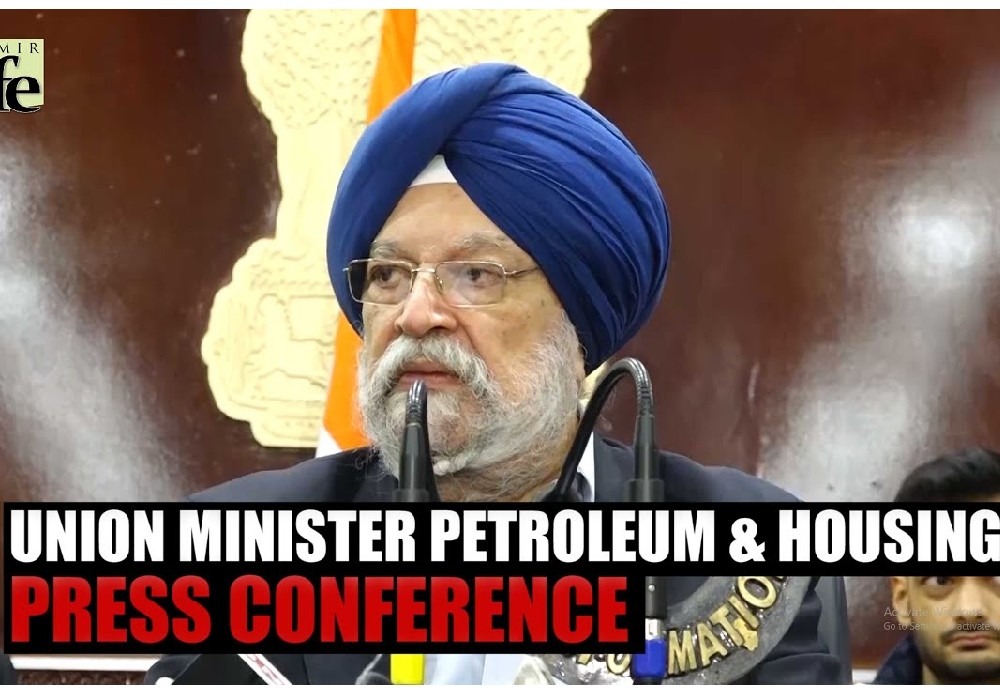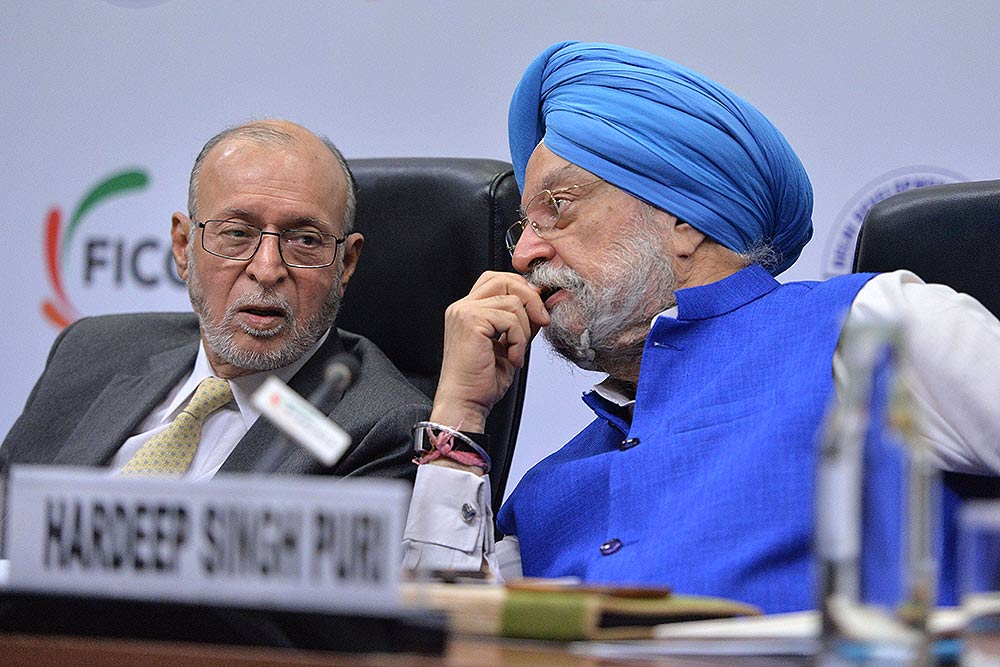The State-run Oil and Natural Gas Corporation (ONGC) should shift its orientation from processes to outcomes and have new key performance indicators (KPIs) for efficiency and time-bound deliverables, petroleum minister Hardeep Singh Puri said.
The minister was speaking while rededicating ONGC’s iconic ‘Sagar Samrat’ drilling rig, located 145 km west of Mumbai, as a mobile offshore production unit, on Saturday. Built in Japan, Sagar Samrat drilled ONGC’s first offshore well in 1974 in the Bombay High.
“ONGC possess a large sedimentary basin acreage, which will go up even further in the coming days. It is imperative that the organisation make extra efforts to convert its ‘Yet to find’ acreage into Discovery fields, Discovery fields into Production assets and Production assets into Maximum Production assets,” Puri said.
Teams across ONGC, which are engaged in different processes of the three phases must reorient themselves for accelerated achievements of these targets, he added. Puri said efforts must be made to make ONGC “agile, expedient and efficient”, and asked the company to invest resources into research and development (R&D) and exploration activities.
“Government of India intends to increase India’s exploration acreage to 0.5 million sqkm by 2025 and 1.0 million sqkm by 2030,” he said. The government has been successful in reducing the ‘No Go’ area by 99%, thereby making available an additional 1 million sqkm of India’s exclusive economic zone (EEZ) for exploration. ‘No Go’ areas are geographical locations where exploration activities are prohibited due to strategic reasons.
“Several MNCs like Chevron, ExxonMobil, and Total Energies are showing keen interest to invest in the Indian E&P [exploration and production] segment, and some are already in talks with ONGC for firming up mutually beneficial partnerships,” he added.
Puri said India is the world’s fastest-growing economy and the world’s third largest consumer of energy, third largest consumer of crude oil, fourth largest refiner, sixth largest importer of petroleum products, and seventh largest exporter of petroleum products.
“India’s energy demand is expected to grow at about 3% per annum by 2040, compared to the global rate of 1%. Further, 25% of the global energy growth between 2020 and 2040 is going to come from India due to our fast-growing economy and demographic dividend,” he said. However, India imports 85% of its petroleum requirements and spent approximately $120 billion in 2021-22 on the import of petroleum products, he added.
India’s ‘Amrit Kaal’ cannot be realised without achieving energy Independence by 2047, he said. Amrit Kaal is the name the government has given to the 25 years in the run-up to 2047, the centenary of India’s independence.
Speaking about the multiple steps taken by the government towards energy security, the minister highlighted policy reforms undertaken by it such as production sharing contract (PSC) regime, discovered small field policy, the hydrocarbon exploration and licensing policy and the setting up of a national data repository.
“The government has also provided functional freedom to NOCs [national oil companies] like ONGC and wider private sector participation by streamlining approval processes including an electronic single window mechanism,” the minister said.

देश में एक करोड़ यात्री प्रतिदिन कर रहे हैं मेट्रो की सवारी: पुरी ..

Union Minister for Petroleum and Natural Gas and Housing and Urban Affairs, Hardeep Singh Puri addressing a press conference in ..

Joint Press Conference by Shri Hardeep Singh Puri & Dr Sudhanshu Trivedi at BJP HQ| LIVE | ISM MEDIA ..
(3).jpg)
"I wish a speedy recovery to former Prime Minister Dr Manmohan Singh Ji. God grant him good health," Puri wrote. ..